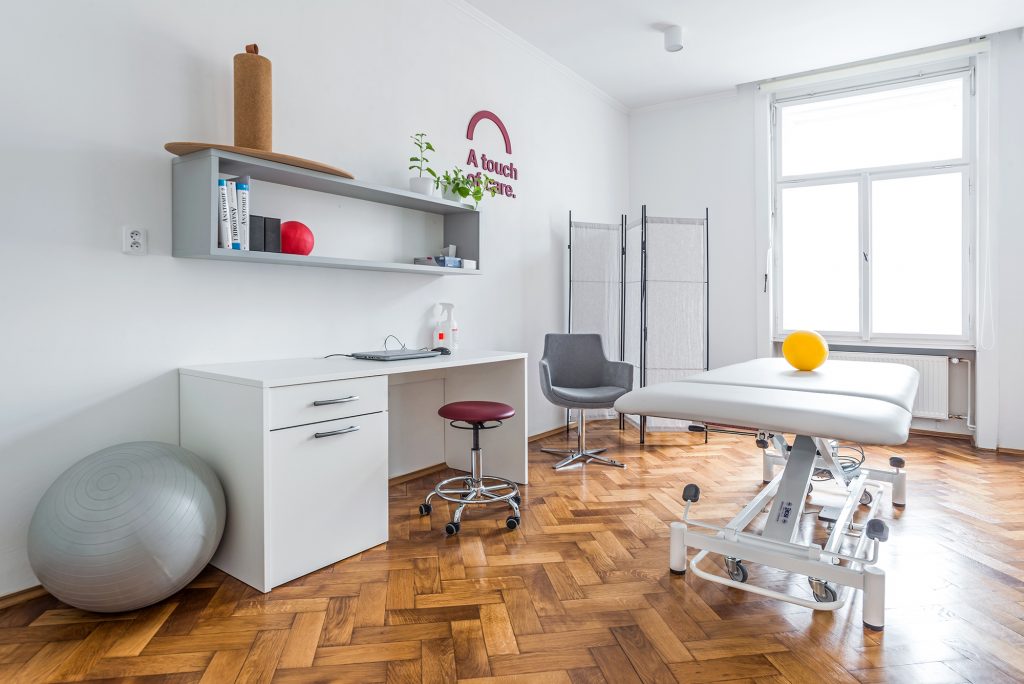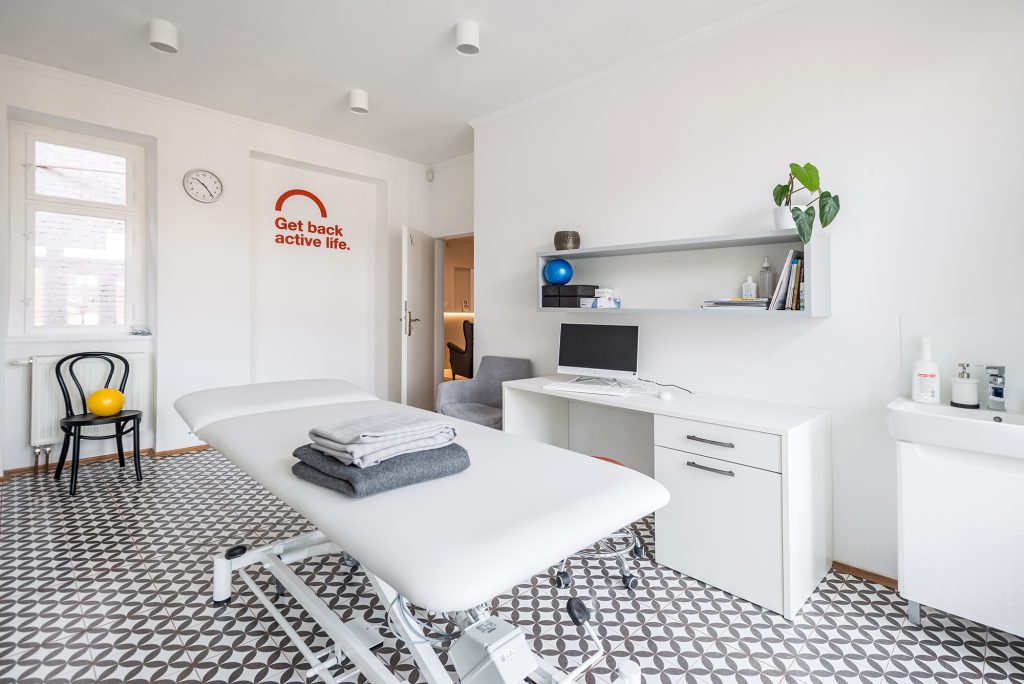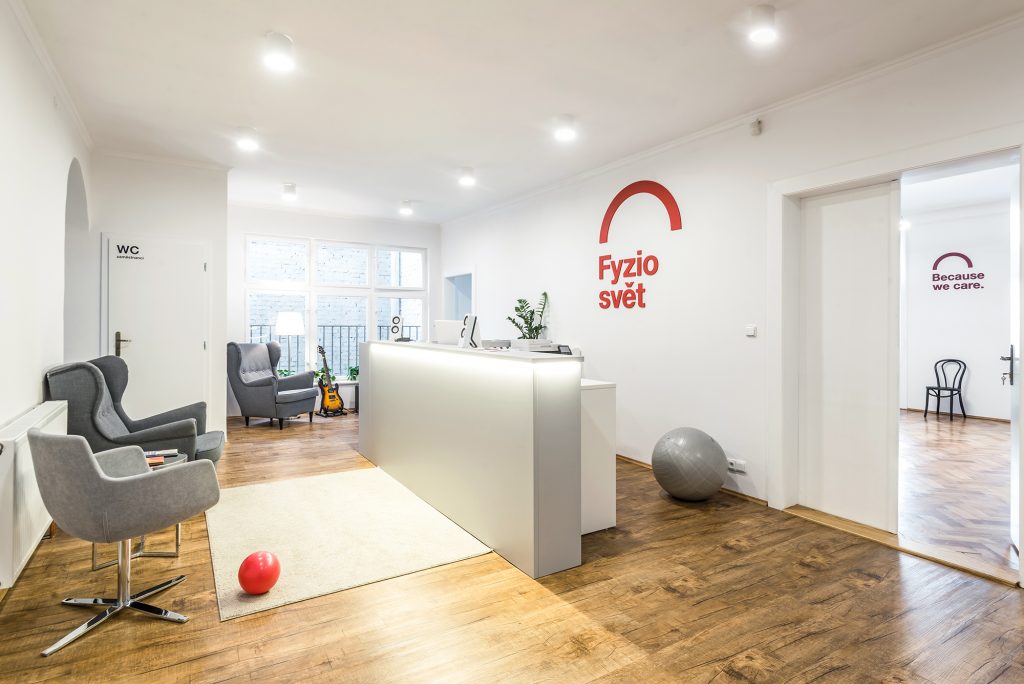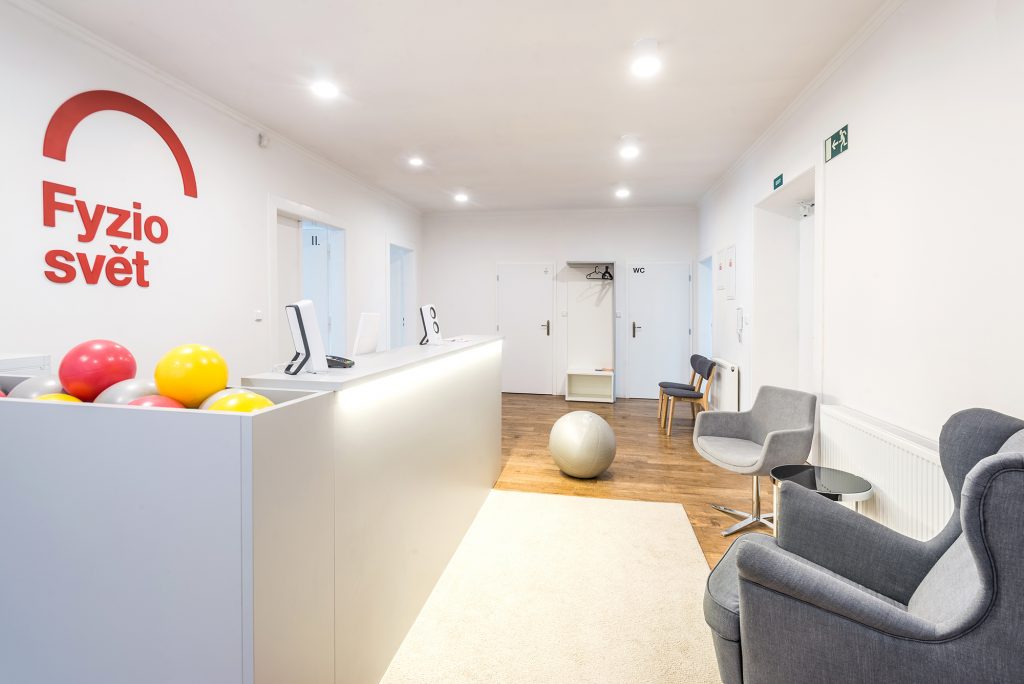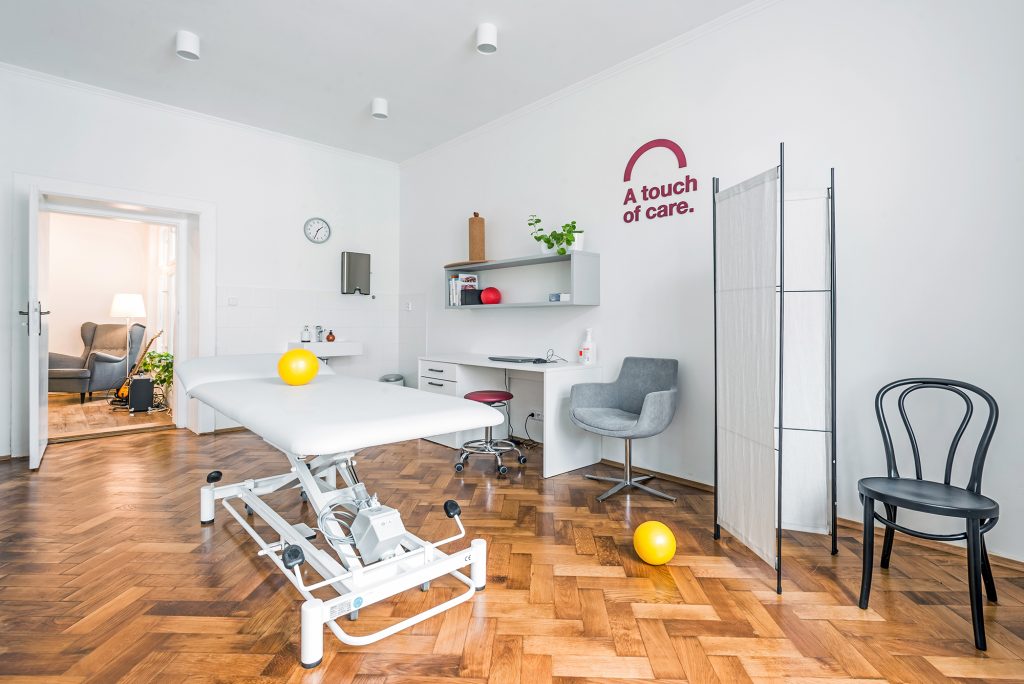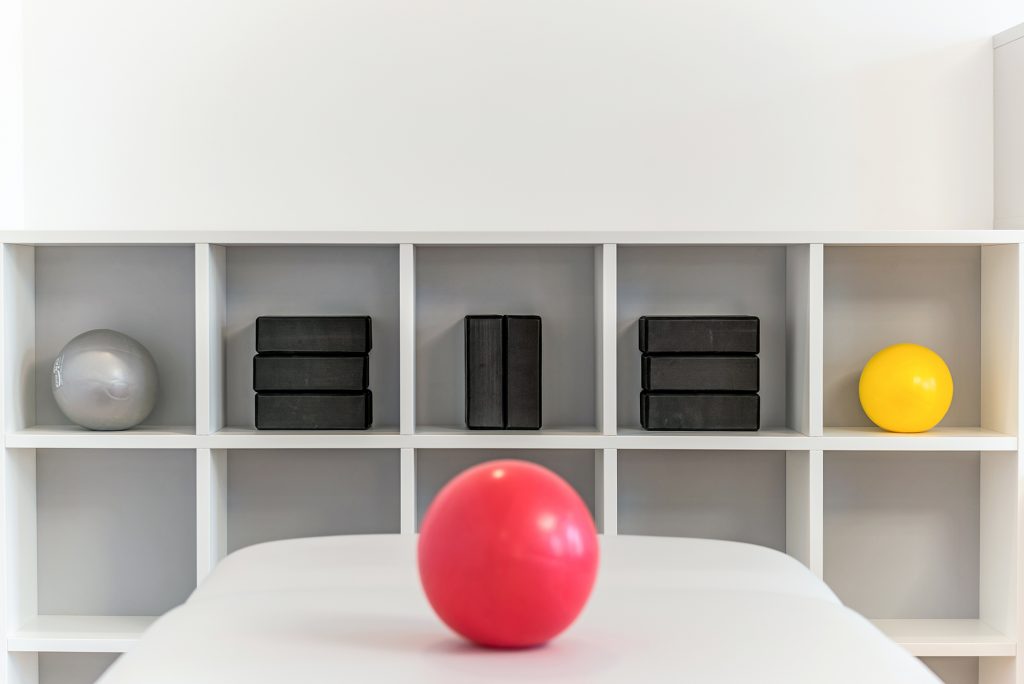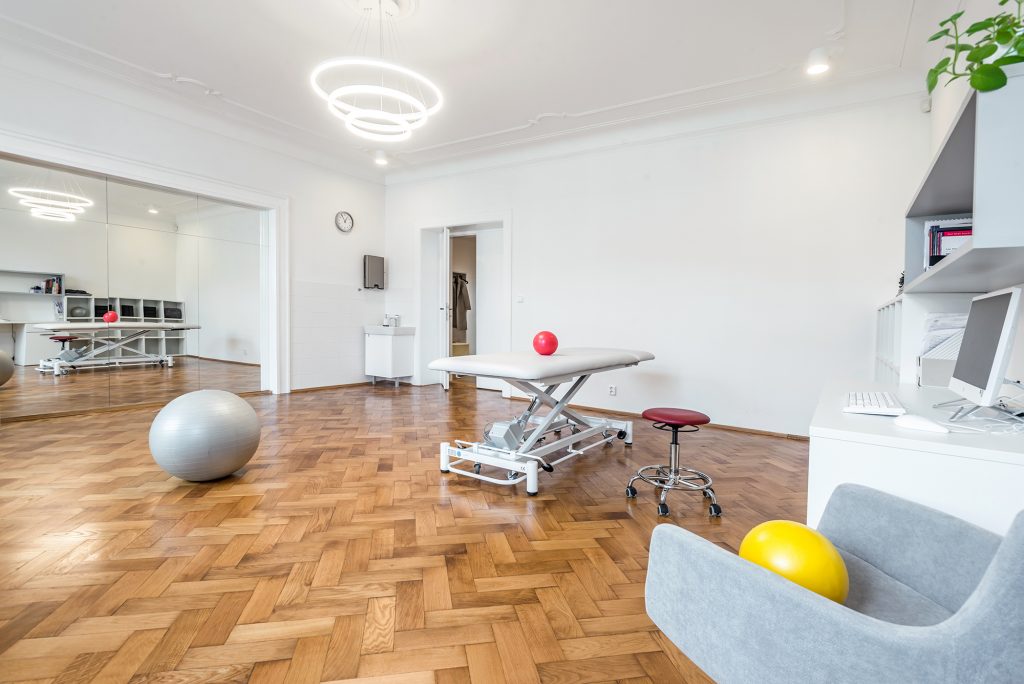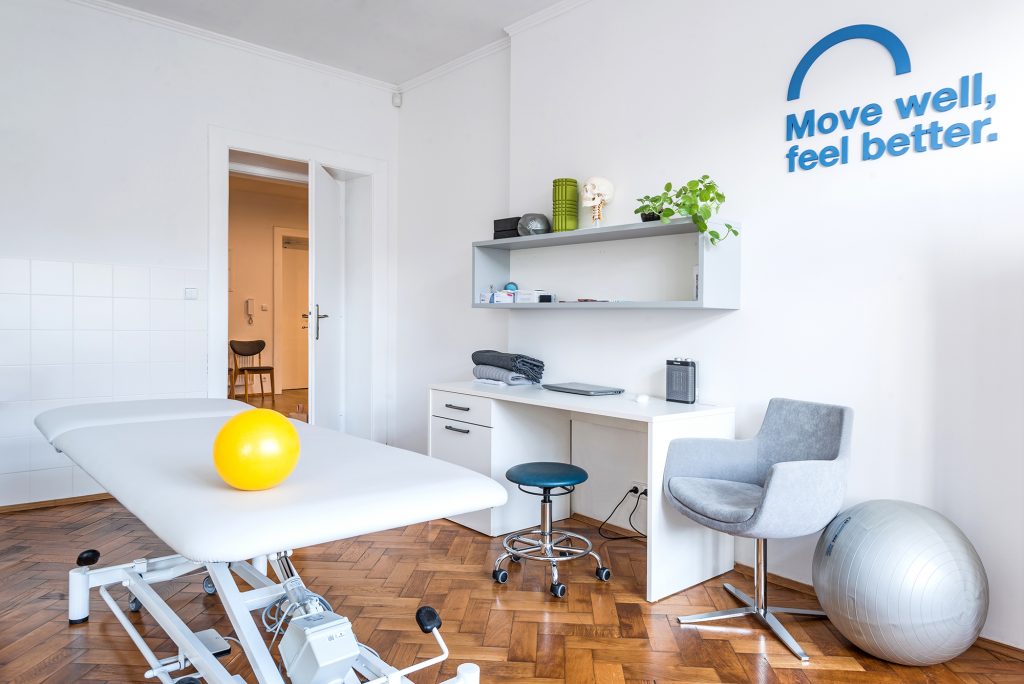Physical Therapy for Common Sports Injuries
Muscle Injuries
Muscle injuries disrupt the structure of muscle fibers. In milder cases, it’s a bruise, while in more severe cases, a rupture occurs.
Common Locations: Calf muscle, hamstrings (back of the thigh), quadriceps (front of the thigh), and hip adductors.
Symptoms: Pain is felt when using the injured muscle, sometimes making movement impossible. If a bruise (hematoma) appears, it may indicate a muscle tear, requiring medical attention.
First Aid at Home: Apply ice, use compression bandages, perform gentle massages with cooling gels, and immobilize the area with a brace.
Why Physical Therapy is Important: Early rehabilitation speeds up healing and reduces pain. It relaxes soft tissues and restores flexibility. Therapy prevents extensive scarring and muscle loss, and targeted exercises engage larger muscle groups to avoid overloading one area.
Tendon Overload and Attachment Pain
Overloading tendons and attachment points is a common painful condition in athletes and non-athletes alike, often due to excessive strain on the body and poor recovery.
Cause: Repeated muscle overload puts excessive tension on tendons, leading to microtears at the attachment point. Scarring develops during healing, and in advanced stages, small bone spurs (osteophytes) can form.
Common Locations: Elbow (tennis, golfer’s, or javelin thrower’s elbow), heel (Achilles tendon issues like heel spurs), thigh (iliotibial band syndrome), knee (jumper’s knee), shoulder (impingement or rotator cuff syndrome).
Symptoms: Pain at the tendon attachment site, often accompanied by swelling, joint creaking, redness, and reduced mobility due to inflammation.
First Aid at Home: Rest and immobilize the area. Use anti-inflammatory creams or gels (like Voltaren or Fastum gel) and consider medication to reduce swelling (e.g., Reparil). Avoid strain for at least 4-6 weeks. Persistent pain should be assessed by a doctor, who may prescribe anti-inflammatory medication or cortisone injections.
Why Physical Therapy is Important: Physical therapy prevents overloading of the injured structures using techniques like lymphatic taping, post-isometric relaxation, trigger point release, and targeted stretching. It also helps relax overworked muscles and activate weak ones, promoting better healing and stronger overall body performance.
Joint Blockages
Joint blockages restrict movement in one or more directions. Reflexive muscle tension often accompanies the blockage, locking the joint in place.
Cause: Blockages may result from joint structure issues (like degeneration), but more often stem from sudden improper movements, overexertion, or maintaining poor posture for long periods.
Symptoms: Significant stiffness and pain, causing the body to adopt a rigid posture toward the blockage. Simple blockages shouldn’t cause numbness, altered sensitivity, or muscle weakness—if these occur, medical attention is required.
Is It Something to Fear? Movement restrictions can be alarming, like waking up unable to turn your head or suddenly unable to straighten up after lifting something. However, in most cases, the blockage is a protective mechanism to prevent further damage.
First Aid at Home: After consulting a doctor, painkillers and muscle relaxants may be recommended. Immobilization with a collar or belt (depending on the blockage location) is useful, along with rest, dry heat, and avoiding stretching.
Why Physical Therapy is Important: Physical therapy can offer quick, sometimes immediate, pain relief through gentle joint mobilization, muscle relaxation techniques, and increased blood and lymph circulation to the affected area.
Physical Therapy for Common Sports Injuries
To get you back in action quickly, we use techniques to release myofascial trigger points, which can be hidden sources of pain, affecting the entire movement system. We are trained in mobilization and manipulation techniques, targeting therapy precisely where needed. In some cases, shockwave therapy is applied to promote healing of connective tissue, encourage new blood vessel formation, provide pain relief, and increase cellular metabolism in the affected tissue. We also use kinesiology taping to influence not just muscles, but also ligaments, tendons, fascia, and the lymphatic system.
That’s right, it doesn’t end here! If you want to continue playing sports pain-free and without limitations, it’s essential to compensate for specific overloads based on your sport and posture. There’s no one-size-fits-all exercise for back or knee pain.
